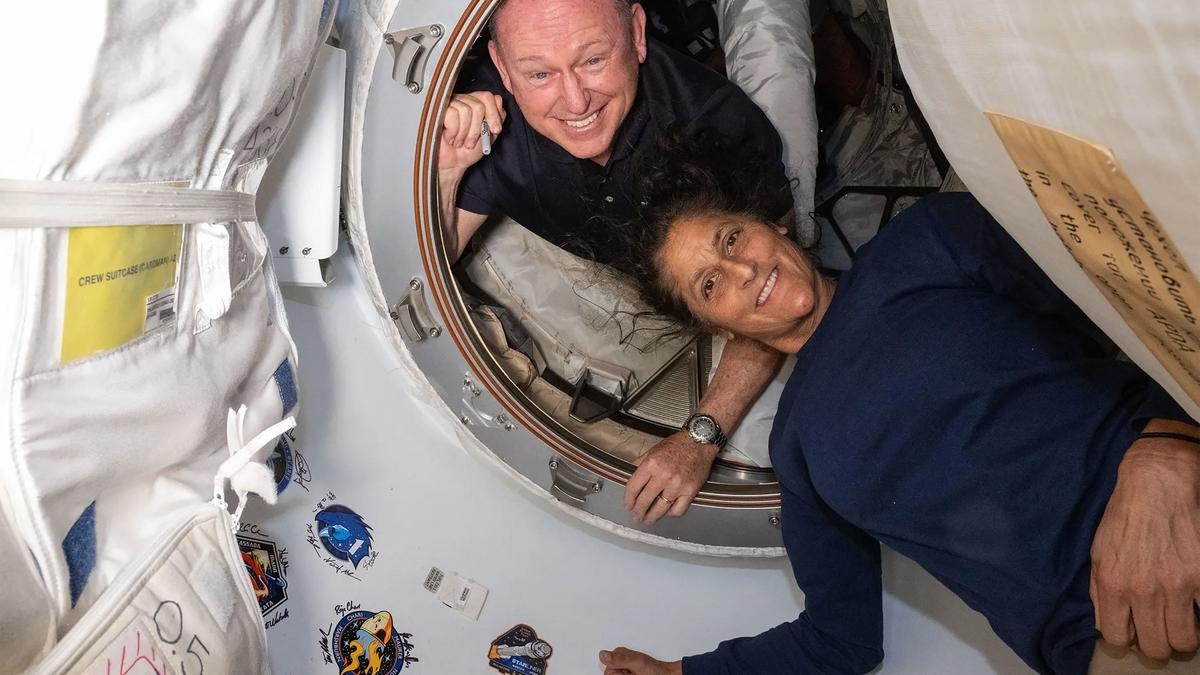NASA Astronaut Sunita Williams Faces Unexpected Space Stranding Due to Technical Issues
On June 5, 2024, seasoned NASA astronauts Butch Wilmore and Sunita Williams embarked on a historic mission aboard Boeing's Starliner capsule from Cape Canaveral, Florida. This mission was initially designed as a week-long test flight to the International Space Station (ISS), marking a significant milestone for Boeing as it sought to validate the spacecraft's reliability after years of development delays and technical challenges

Launch and Initial Success
The launch went off as planned, and the Starliner successfully docked with the ISS on June 6. Wilmore and Williams, both experienced test pilots and retired Navy captains, began their work overseeing critical tests of the Starliner's systems. This mission was particularly important for NASA’s Commercial Crew Program, which aims to ensure multiple reliable transportation options for astronauts traveling to and from the ISS
Technical Failures
However, shortly after docking, the mission took a troubling turn. The Starliner experienced multiple technical failures, including significant malfunctions in its thrusters and helium leaks in the propellant system. Specifically, five of the capsule's 28 reaction control system thrusters failed, which severely limited the spacecraft's ability to maintain proper orientation in space. Engineers on Earth worked tirelessly to diagnose the issues, but the situation remained unresolved
NASA's Response
As the days turned into weeks, NASA and Boeing's engineering teams continued to analyze the problems while the astronauts remained aboard the ISS. By August 24, it became clear that returning the astronauts aboard the Starliner would be too risky. NASA decided to keep Wilmore and Williams on the ISS until early 2025, when they could safely return to Earth using SpaceX's Crew Dragon spacecraft
Extended Stay in Space
The decision to extend the astronauts' stay aboard the ISS from the planned eight days to several months presented unique challenges. Wilmore and Williams adapted to their extended mission, contributing to ongoing scientific experiments and maintenance work aboard the station. Their resilience and professionalism were evident as they navigated the complexities of being stranded in space due to technical failures beyond their control
The Role of SpaceX
With the Starliner deemed unsafe for a crewed return, NASA turned to SpaceX's Crew Dragon, which had a proven track record of safety and reliability. The plan was to modify the crew size for an upcoming SpaceX mission to accommodate Wilmore and Williams, ensuring their safe return to Earth in February 2025
Future of the Starliner Program
Despite the setbacks, NASA remains committed to the Starliner program. Boeing's contract with NASA, valued at over $4 billion, underscores the agency's strategy to maintain two competing commercial partners for astronaut transportation. While the recent issues have raised concerns about Boeing's capabilities, NASA continues to support the company, emphasizing the need for multiple options in human spaceflight



